rover
Latest
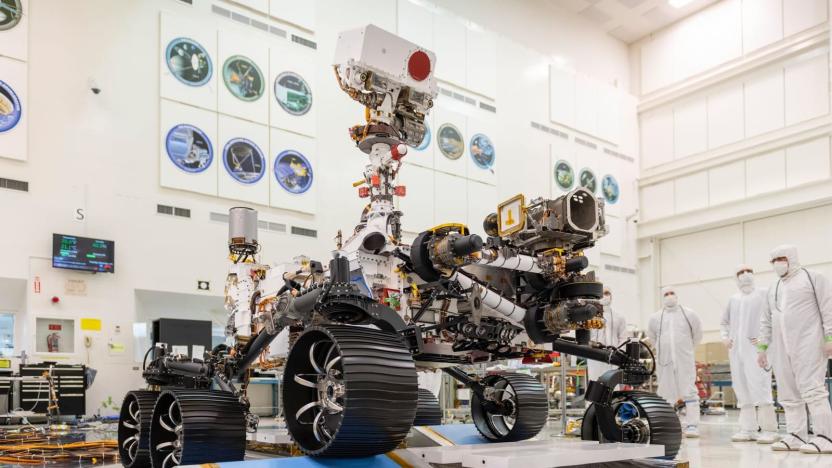
NASA's Mars 2020 rover passes its driving test
The Mars 2020 rover has completed its first drive almost half a year after getting its wheels. Rich Rieber, the project's lead mobility systems engineer, says the rover has "earned its driver's license." According to NASA JPL's announcement, it successfully steered, turned and drove in 3-foot increments over small ramps covered with special static-control mats. The rover's first drive happened during a 10-hour marathon, which demonstrated that all its systems were working well.

India's Vikram lunar lander lost contact during its descent
Today India attempted to become only the fourth nation to successfully soft-land on the surface of the Moon. That mission appears to have failed, when the Indian Space Research Organisation (ISRO) lost contact with its Vikram lander at an altitude of 2.1km above the lunar surface. The space agency has said only that it is analyzing available data, and that the Chandrayaan-2 spacecraft is still in orbit. Indian prime minister Narendra Modi is scheduled to address the nation at about 10:30 ET. If the mission is lost, then out of three soft-landing attempts this year it will be the second to go awry. China's Chang'e 4 reached the far side of the Moon in January, while the privately-owned Beresheet lander from Israel crashed in April after sending back one last photograph.
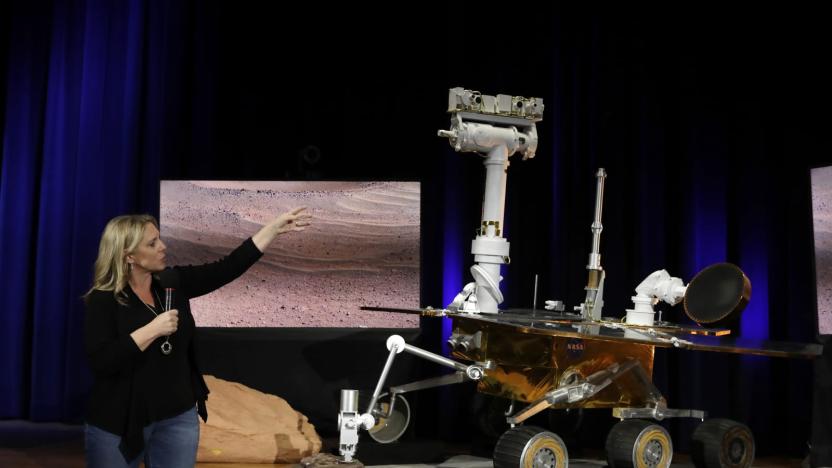
NASA starts accepting kids' name suggestions for its Mars 2020 rover
If you're a student who's been mulling over names for the Mars 2020 rover, it's now your time to shine. NASA has started accepting short essays from K-12 students who want to give the robotic explorer a proper identity. You'll have until November 1st to submit an idea, and the competition will be divided into three groups based on grade level (K-4, 5-8, 9-12) with frontrunners advancing based on appropriateness, originality and significance. You probably won't see a Rover McRoverface, then.
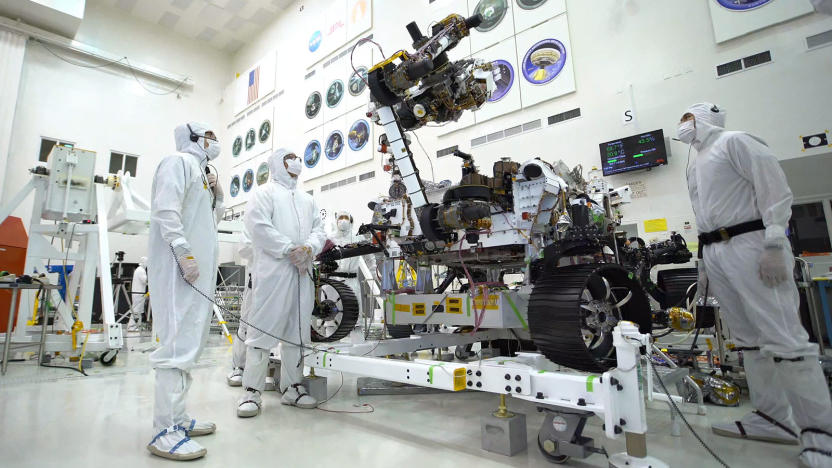
Watch the Mars 2020 rover do a biceps curl with an 88-pound turret
Over the past months, NASA's Jet Propulsion Laboratory installed the Mars 2020 rover's wheels, legs, arm and other components in preparation for the series of tests it has to go through before it heads to the red planet. One of those tests entails using its 7-foot-long arm to maneuver an 88-pound turret from a deployed to a stowed configuration in a move that's not unlike how you'd do biceps curls with a dumbbell. The Mars 2020 team conducted that test on July 19th, marking the first time they were able to watch the arm and the turret move in unison -- something the rover must be able to do on Mars.

India's historic Moon mission takes off after week-long delay
One week after a "technical snag" forced the Indian Space Research Organization (ISRO) to delay the launch of its Chandrayaan-2, the lunar mission launched today. It appears to be back on track, and if all goes well, it will be India's first soft landing on the Moon using its own technology. It will also be the first soft landing attempt ever at the Moon's South Pole.

Toyota will spend 10 years perfecting its astronaut moon rover
Japan has an ambitious plan to send men to the moon by 2030 as part of a multinational mission and is determined they'll have a ride when they get there. Japan's space agency JAXA and partner Toyota have revealed that the pressurized, manned lunar rover -- announced earlier this year -- should be ready to launch by 2029.
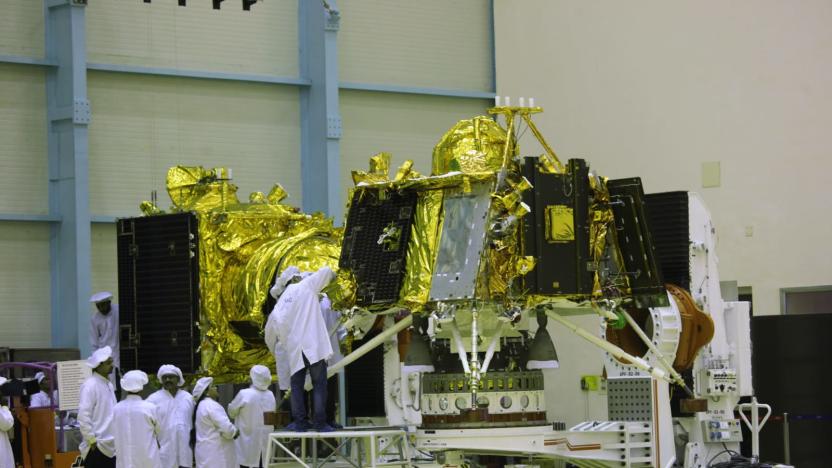
Watch India launch a historic Moon mission starting at 5PM ET (updated)
India is on the cusp of making space exploration history in more ways than one, and you might get to watch it first-hand. ISRO is livestreaming the launch of Chandrayaan-2, its second uncrewed mission to the Moon, starting at 5PM Eastern (liftoff is expected at 5:21PM Eastern). The trip is meant to deliver the VIkram lander and Pragyan rover to the Moon, making this India's first soft landing on the lunar surface using its own technology -- only the US, Russia and China have managed this feat so far. It's also the first soft landing attempt for any country at the Moon's South Pole, where Pragyan will study the chemistry, seismography and topography of the celestial body.
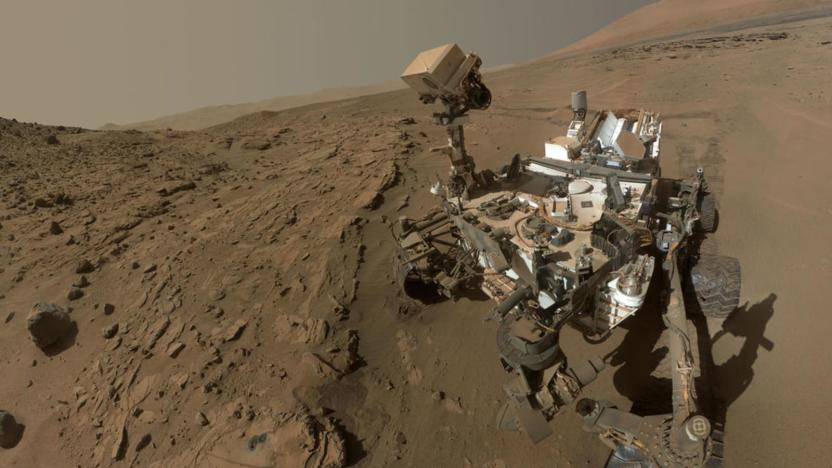
Curiosity rover finds gas levels on Mars hinting at possibility of life
It's easy to get jaded about potential signs of life on Mars, but a recent discovery might raise eyebrows. The New York Times has learned that NASA's Curiosity rover has detected "startlingly high" levels of methane -- the gas typically produced by life as we know it. The quantities are still tiny at 21 parts per billion, but that's three times the amount Curiosity spotted during a surge in 2013. The rover's operators were reportedly surprised enough to pause regularly scheduled studies to obtain follow-up data, with the additional findings slated to arrive on June 24th.

NASA wants you to get your boarding pass to Mars
You probably won't visit Mars for a long time, if ever. You might have a way to go in spirit, though. NASA has introduced a "Send Your Name" campaign that will put your name on the Mars 2020 rover, leaving a long-term record of your name on the Red Planet. It won't be easy to read -- JPL is using an electron beam to etch over a million names on a dime-sized chip -- but you will get a "boarding pass" to prove that your name is Mars-bound.

NASA releases the final panorama that Opportunity took on Mars
Before a Martian dust storm took out Opportunity in June 2018, the rover was able to capture hundreds of images that NASA has now released as a panorama. The 360-degree photo is composed of 354 images overall, taken by the rover's Panoramic Camera (Pancam) from May 13th through June 10th. It shows the vehicle's final resting place in Perseverance Valley located in Endurance Crater's western rim. The rover lost touch with NASA in June after it reported the approaching storm that ultimately covered its solar panels with dust and rocks.

Japan's moon rover will be made by Toyota
Toyota is going to the moon. The Japanese Aerospace Exploration Agency (JAXA) has teamed up with the carmaker to build a pressurized self-driving rover that will land on the lunar surface in 2029. The six-wheeled transporter will be able to carry two humans for a distance of 10,000 kilometers using solar power and Toyota's fuel cell technology. The rover will be about the size of two minibuses, with 13 square meters of habitable space, and the astronauts on board will be able to take their suits off inside the vehicle as they explore. It will land on the moon before the human expedition arrives, and travel independently to meet them.

NASA backs tiny 3D-printed sensors for planetary rovers
Nanomaterials might just prove the key to the next wave of planetary rovers. NASA has poured $2 million into a Goddard Space Flight Center team developing 3D-printed sensors whose nanomaterials make them tiny, ultra-sensitive and resistant to radiation. The aim is to build a device that can detect minuscule (on the parts-per-billion-level) amounts of life-supporting chemicals like ammonia, hydrogen, methane and water.

NASA admits the Mars Opportunity rover is dead
If you're a fan of Mars exploration, you're probably in mourning right now. NASA's Opportunity rover has effectively been declared dead after the agency's last attempt to contact the storm-struck rover was met with silence. Officials held a press conference at 2PM ET to discuss the outcome, and as expected NASA confirmed that it is saying goodbye to Opportunity. The machine doesn't stand a chance if it doesn't have power -- Martian winter is coming, and Opportunity needs working heaters to survive the chilly conditions.
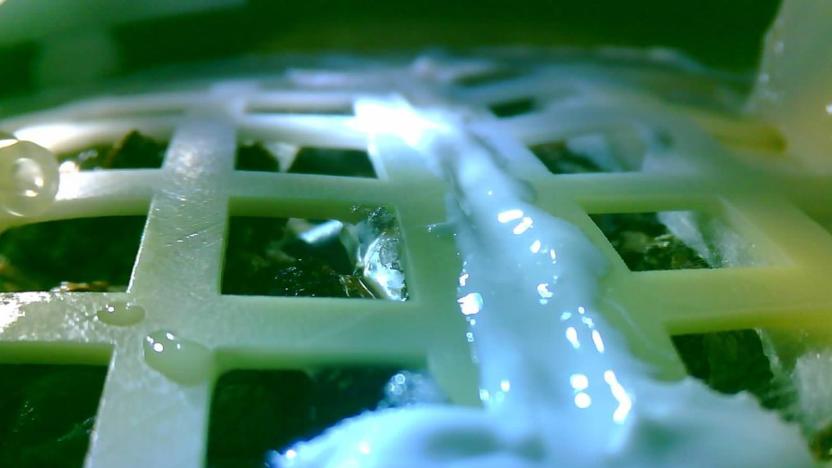
China grows the first plants on the Moon
The greenery you see in the soil above might not look like much, but it represents a big step in space exploration. Cotton seeds brought to the Moon aboard China's Chang'e-4 mission have sprouted, marking the first time plants have grown on the lunar surface. They're not in contact with the lunar surface, as you might imagine. The cotton, potato seeds, yeast and fruit fly eggs are instead tucked inside a sealed, self-sustained biosphere that provides the necessary climate and nourishment.
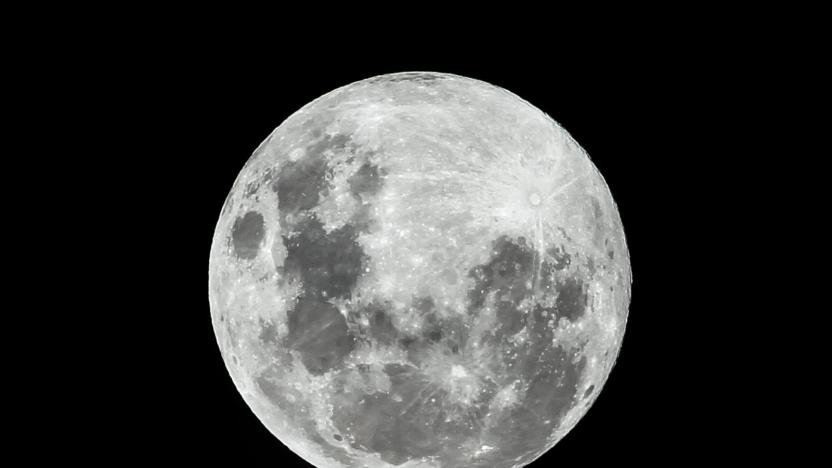
China’s Chang’e-4 lander and rover head to the far side of the moon
China launched its Chang'e-4 rover and lander today, which if all goes well, will land on the far side of the moon in the coming weeks. It will be the first surface mission to land on that side of the moon, which can't be seen from Earth. While China hasn't shared a lot of information about the mission, a study published earlier this year has given us a look at what's likely in store, and if successful, the mission will help us understand this little-studied side of the moon and provide insight into some of the differences known to exist between the two sides.

NASA selects a landing site for its Mars 2020 rover
NASA has announced where its next Mars rover will be heading. The agency has chosen Jezero Crater from dozens of potential candidates in part for its potential to have preserved signs of past microbial life. "The landing site in Jezero Crater offers geologically rich terrain, with landforms reaching as far back as 3.6 billion years old, that could potentially answer important questions in planetary evolution and astrobiology," Thomas Zurbuchen, associate administrator for NASA's Science Mission Directorate, said in a statement. "Getting samples from this unique area will revolutionize how we think about Mars and its ability to harbor life."
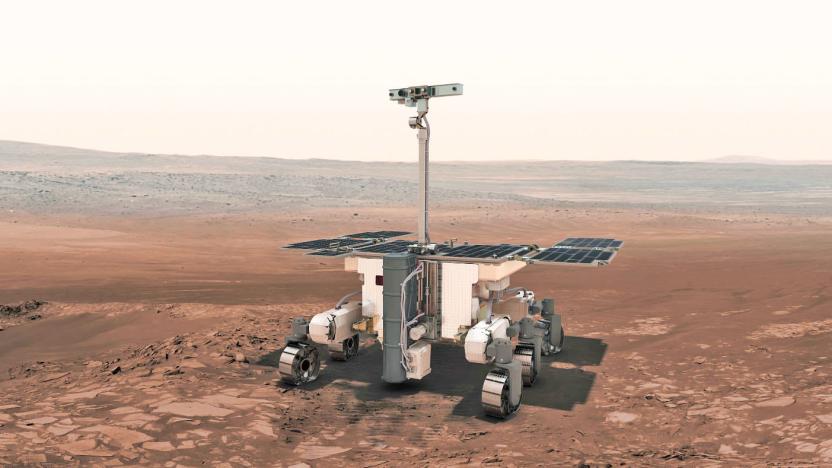
The ExoMars rover may search for life near the Red Planet's equator
Europe and Russia's ExoMars rover has been assigned its destination on the Red Planet. The robot explorer will almost certainly land on Oxia Planum -- a site rich in iron-magnesium clays near the equator -- say scientists from the Landing Site Selection Working Group (LSSWG) in Leicester, UK. They've been discussing touchdown options for around four years and -- with the blessings of the European and Russian space agencies -- this could be the spot. Unless, of course, they change tack and opt for the other site in contention: Mawrth Vallis, which lies just north of Oxia, reports the BBC.

Report says NASA lost historical artifacts due to lax procedures
NASA's Office of Inspector General has released a new report detailing shortcomings in how the agency manages its historical items, The Verge reports. Over the years, NASA has apparently lost a number of assets, including a lunar soil collection bag, Apollo 11 command module hand controllers and even a lunar rover vehicle prototype.

NASA activated Curiosity's second 'brain' after it misbehaved
Tired? Sluggish? Wouldn't it be great if you could just switch your brain to a better functioning version? Well, that's a privilege you can enjoy if you're the Mars Curiosity rover. NASA's intrepid explorer has been subject to a few technical problems over the last two weeks, which means it's been struggling to send its data back to Earth, so engineers have decided to activate Curiosity's second brain.

NASA looks to build a robot that can search other planets for bacteria
While NASA's rovers have looked for signs of life outside of our world, they haven't searched for life directly. But Melissa Floyd, a scientist at NASA's Goddard Space Flight Center, is working on a device that might change that. She wants to build an instrument that could look through soil and rock samples for evidence of bacteria or another type of single-celled microorganism called archaea. These organisms are thought to have been the first to appear on Earth and Floyd began to wonder if maybe life on nearby planets evolved like it did on our own. "I had this idea, actually a major assumption on my part: what if life evolved on Mars the same way it did here on Earth? Certainly, Mars was bombarded with the same soup of chemistry as Earth," Floyd said in a statement.







